Lily Of The Valley Seed Pod – Tips On Planting Lily Of The Valley Berries
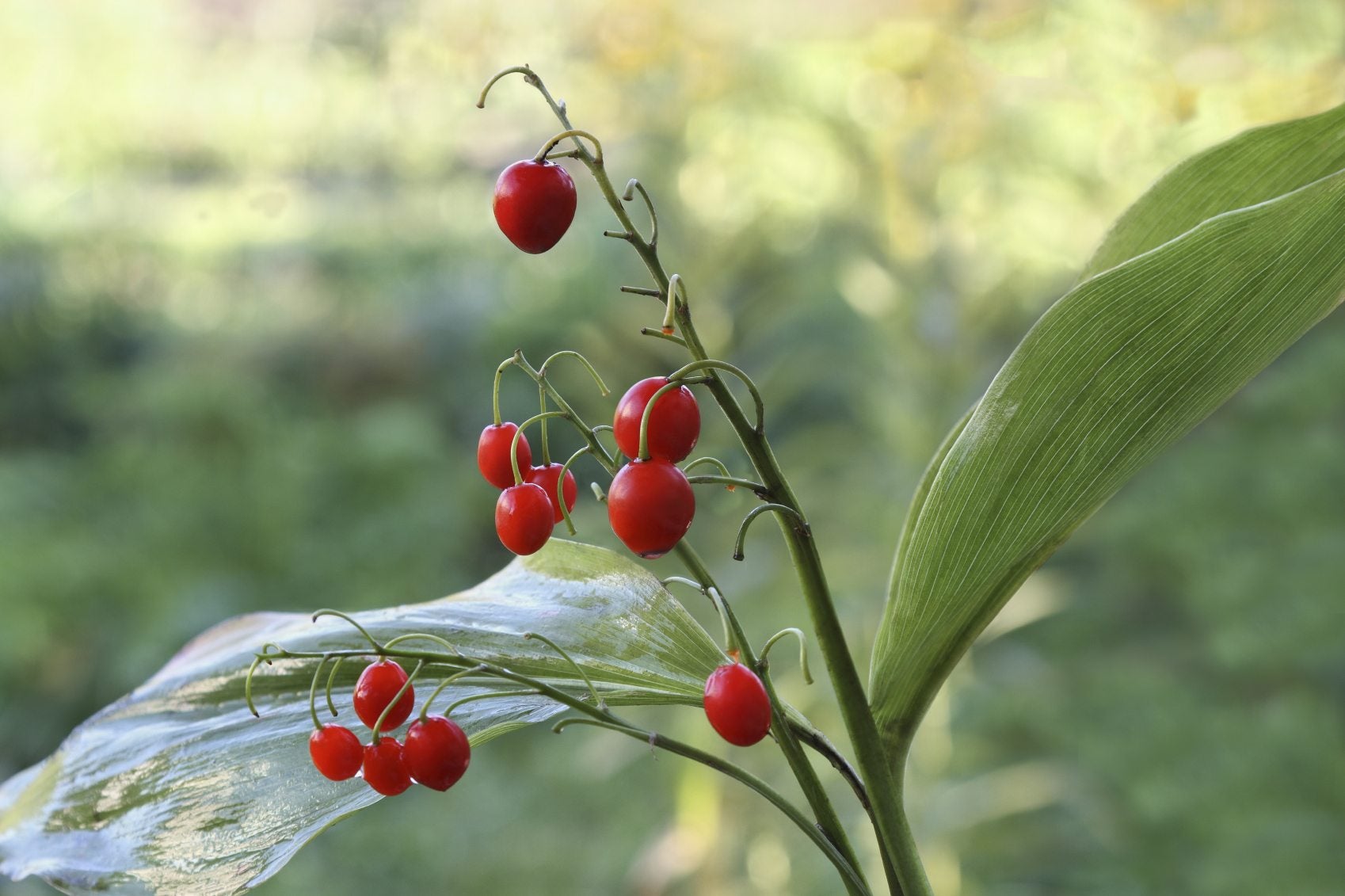

Lily of the valley plants has an Old-World charm with their dainty, dangling blooms and arching foliage. The berries on lily of the valley and all other parts of the plant are poisonous if you eat them. They are pretty when they turn deep red and add interest among the dark green, strappy leaves. Can you plant lily of the valley berries though? Certainly, but the easiest and quickest way to start the plants is by division. Still want to try it? Let’s learn how to prepare the seed and when to plant lily of the valley berries for the best chance of success.
When are Berries on Lily of the Valley Ready?
If you wish to try starting lily of the valley plants from seed, you should be aware of one important fact: lily of the valley seed toxicity. These little lily of the valley seed pods are extremely dangerous to have around pets and children. Since they are so easy to just divide, planting lily of the valley berries is the slow way to go for more plants. Germination is capricious and the seeds must be used as soon as possible and should be ripe. Viable seed must come from ripe berries. The green berries will turn red and then gradually shrivel and turn rusty brown when they are ripe. Waiting for the seeds to ripen can be an exercise in futility because birds and other wild animals don't seem to mind their toxic reputation. To give them a chance to ripen, place small, mesh or fabric bags over the stems where the berries are. They will protect the berries from insects and animals and allow air and light to circulate through. Check the berries on your lily of the valley plant every week until you see them shriveled and darkened. Then it's time to harvest.
Separating Seed from Lily of the Valley Seed Pods
The dried berries can be hard to open without crushing the seed. Soak them in warm water for an hour to plump up the berries and then carefully excise away the flesh. Use gloves to prevent any of the poisonous flesh or juice from getting on your hands. There will be one to three seeds per pod. The seeds do not store well so planting lily of the valley berries quickly is important to success. Choose a lightly shaded area and work the soil at least 6 inches (15 cm.) deep. Incorporate generous amounts of leaf litter or compost to enhance drainage and fertility. Remove weeds and other debris and rake the bed smooth. Plant the seeds 1/4 inch (6 mm.) deep and firm the soil over them. Keep the area moderately moist. Keep a watch on the little plants for the next few years. Slugs, cutworms, and other insect pests will likely find the succulent new stems delicious. Don't expect flowers for several years.
Alternatives to Planting Lily of the Valley Berries
Now that you know how much work it can be, the question isn't, "can you plant lily of the valley berries" but "should you?" Dividing the pips or rhizomes is the fastest way to increase your stock of plants. Division should be done in the fall when the plants are dormant. Dig up a patch of lily of the valley and pull away the little offsets. Plant pips 2 inches (5 cm.) under the soil with the stem area up. Mulch over the area to protect the little plants. In late winter to early spring, pull away the mulch so new sprouts will have an easier time coming up. New plants will have flowers the following year. If you prefer the challenge of planting berries, it can be an interesting project. Due to the variability of seed germination, you can always fall back on division to increase your crop of these darling little white bell flowers.
Gardening tips, videos, info and more delivered right to your inbox!
Sign up for the Gardening Know How newsletter today and receive a free copy of our e-book "How to Grow Delicious Tomatoes".

Bonnie Grant is a professional landscaper with a Certification in Urban Gardening. She has been gardening and writing for 15 years. A former professional chef, she has a passion for edible landscaping.
-
 4 Superfast Composting Methods: Turn Waste Into Garden Gold In 30 Days Or Less
4 Superfast Composting Methods: Turn Waste Into Garden Gold In 30 Days Or LessTry the fastest composting methods to turbocharge your pile and transform kitchen scraps and garden waste into finished compost in just a few weeks.
By Mary Ellen Ellis
-
 Best Spider Plant Soil – Complete Soil Guide And Expert Tips For Keeping Plants Happy
Best Spider Plant Soil – Complete Soil Guide And Expert Tips For Keeping Plants HappySpider plants are fun and easy plants to grow, but what is the best soil for a spider plant? Selecting the right soil is important so they can thrive.
By Bonnie L. Grant
-
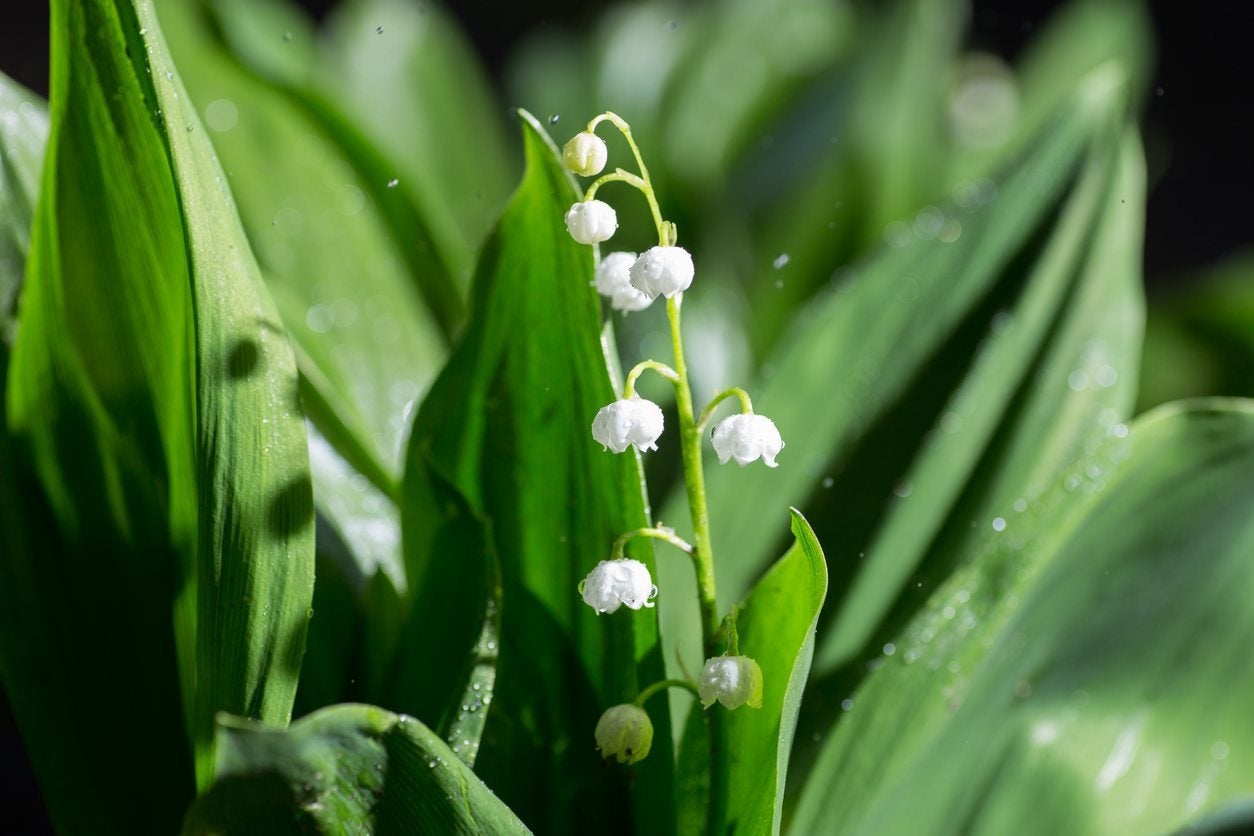 Treating Diseased Lily Of The Valley Plants – Symptoms Of Lily Of The Valley Disease
Treating Diseased Lily Of The Valley Plants – Symptoms Of Lily Of The Valley DiseaseThere are some plants that it almost breaks your heart to see sick. Lily of the valley is one of those plants and one that's worth trying to save, when you can. Click here to learn how to treat sick lily of the valley, as well as ways to keep your plants healthier.
By Kristi Waterworth
-
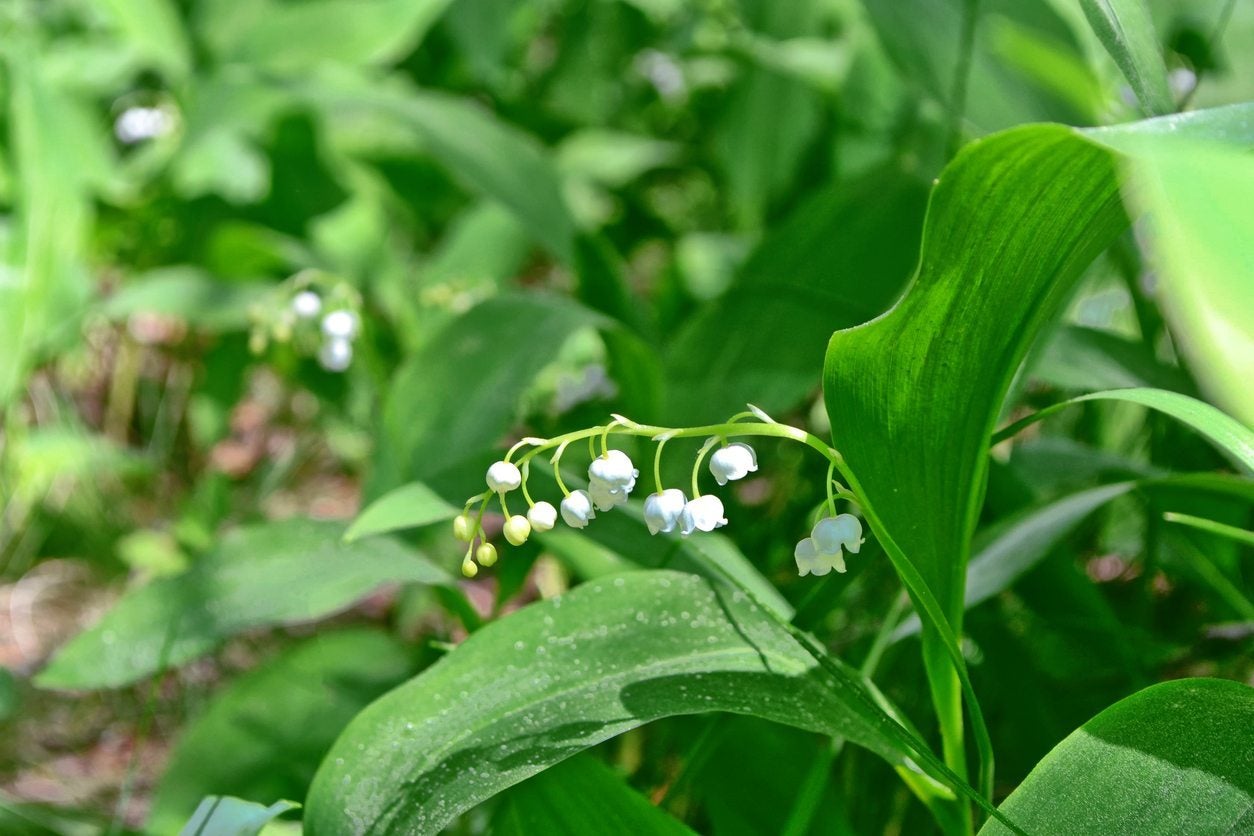 Lily Of The Valley Has Yellow Leaves – Reasons For Yellow Lily Of The Valley Leaves
Lily Of The Valley Has Yellow Leaves – Reasons For Yellow Lily Of The Valley LeavesLily of the valley is known for its sweet fragrance and delicate white nodding flowers. When those two things are accompanied with yellow foliage, it's time to dig a little deeper to figure out what's wrong. Learn more about yellowing lily of the valley in this article.
By Kristi Waterworth
-
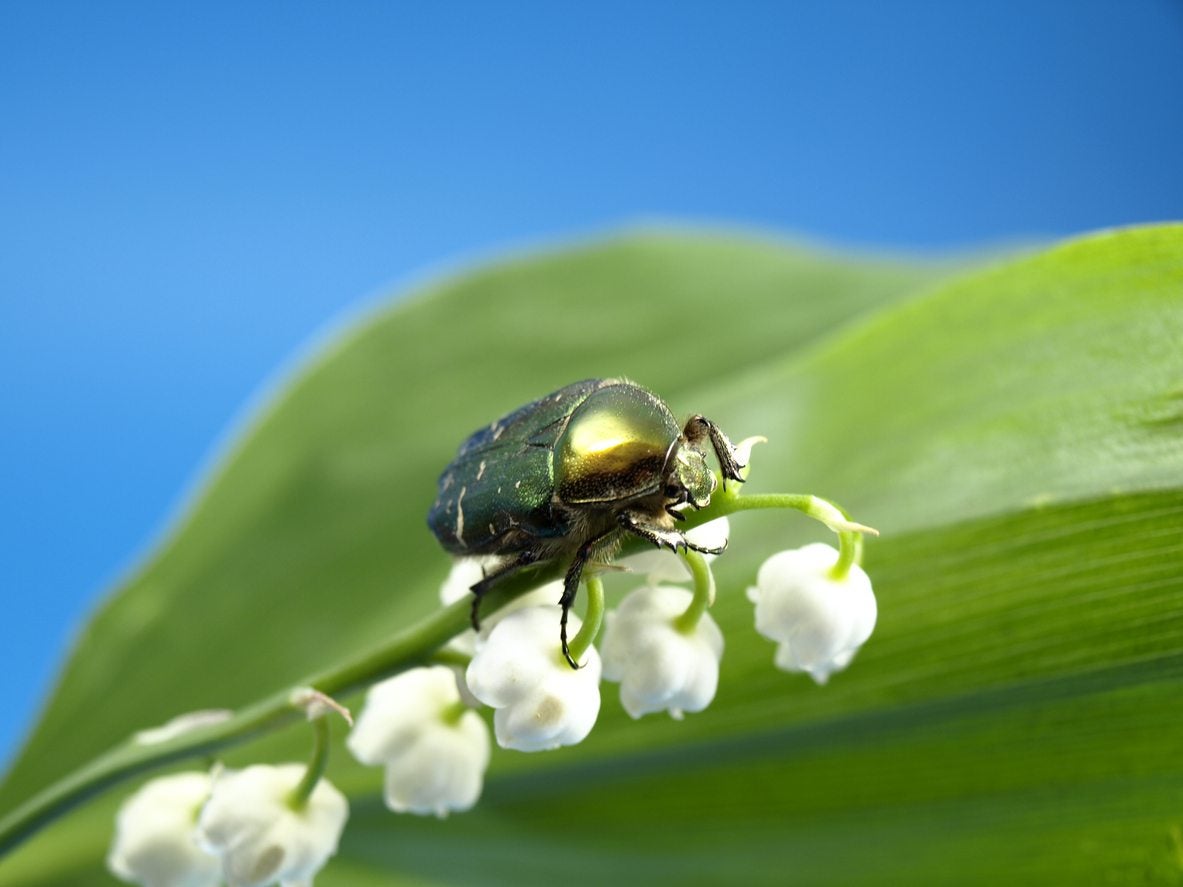 Pests On Lily Of The Valley : Bugs And Animals That Eat Lily Of The Valley Plants
Pests On Lily Of The Valley : Bugs And Animals That Eat Lily Of The Valley PlantsThere are few disease issues or lily of the valley pests. These are easily managed provided you know what you are looking for and how to treat the problem. Learn what pests on lily of the valley might be of concern, and how to identify and combat them in this article.
By Bonnie L. Grant
-
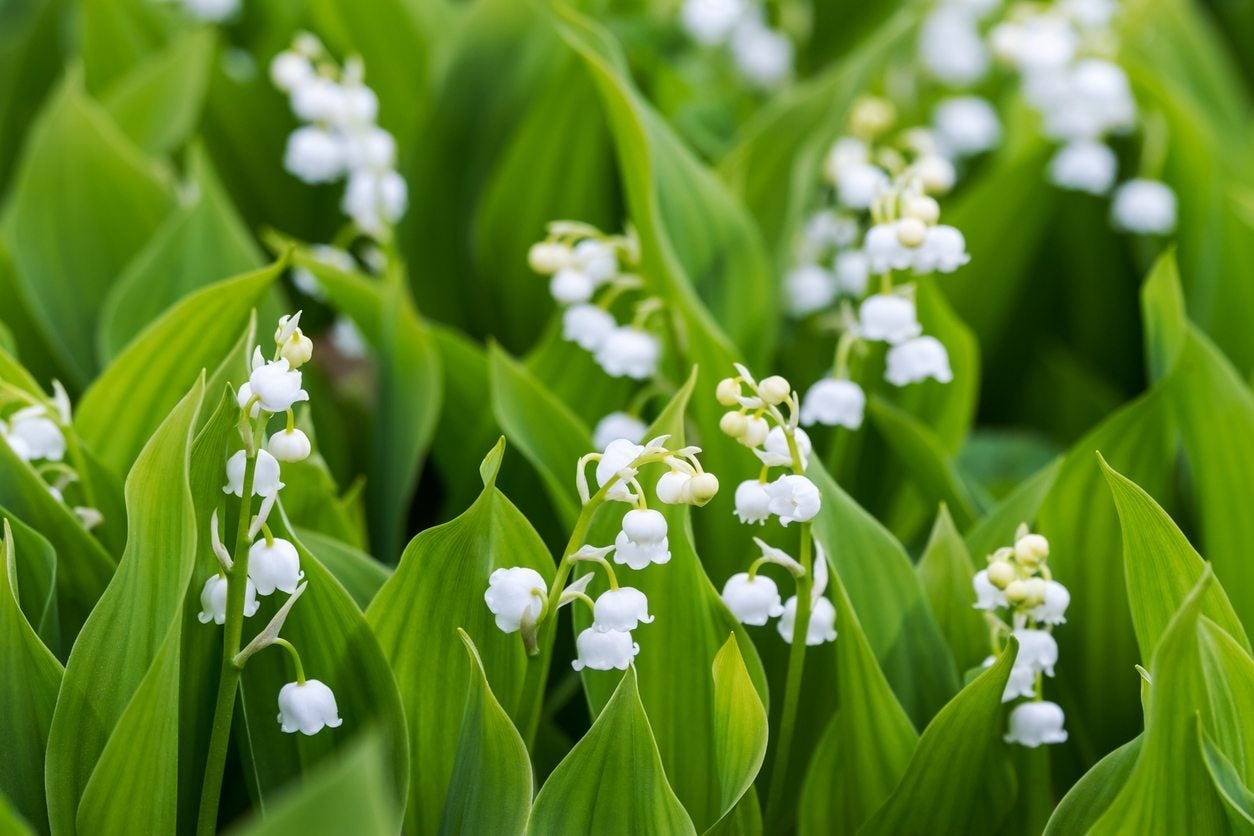 Moving Lily Of The Valley Plants: When To Transplant Lily Of The Valley
Moving Lily Of The Valley Plants: When To Transplant Lily Of The ValleyA rapid spreader, people find themselves moving lily of the valley all the time with no ill effects to the plant. That said, if you?re new to growing this specimen, click on the following article to find out when and how to transplant lily of the valley.
By Amy Grant
-
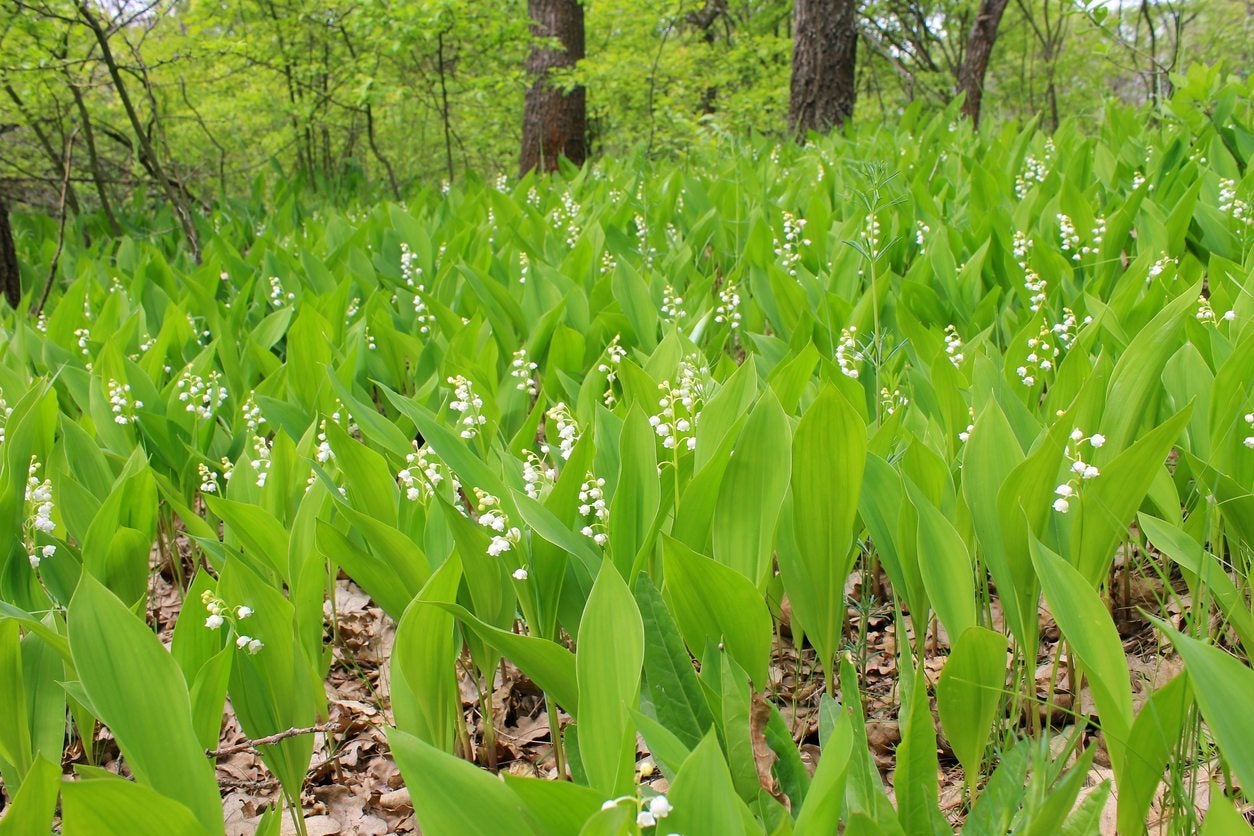 How Invasive Is Lily Of the Valley: Should I Plant Lily Of The Valley Ground Cover
How Invasive Is Lily Of the Valley: Should I Plant Lily Of The Valley Ground CoverIs lily of the valley invasive? Lily of the valley is a perennial plant that grows from stem-like underground rhizomes that spread horizontally, often with amazing speed. It also reproduces from seeds. Exactly how invasive is lily of the valley anyway? Find out here.
By Mary H. Dyer
-
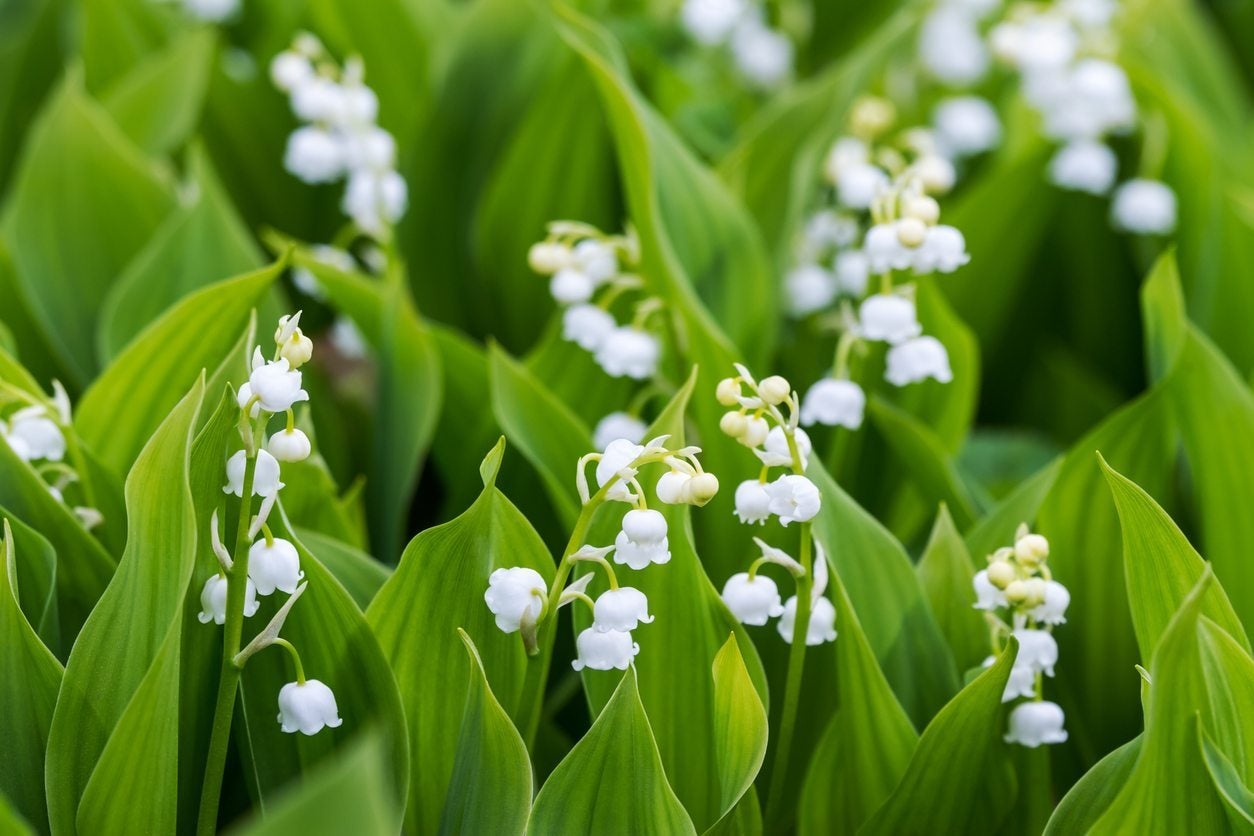 Dividing Lily Of The Valley: When To Split Lily Of The Valley Plants
Dividing Lily Of The Valley: When To Split Lily Of The Valley PlantsAlthough lily of the valley is extremely easy to grow (and may even become aggressive), occasional division is necessary to prevent the plant from becoming unhealthy and overcrowded. The following article can help get you started with lily of the valley division.
By Mary H. Dyer
-
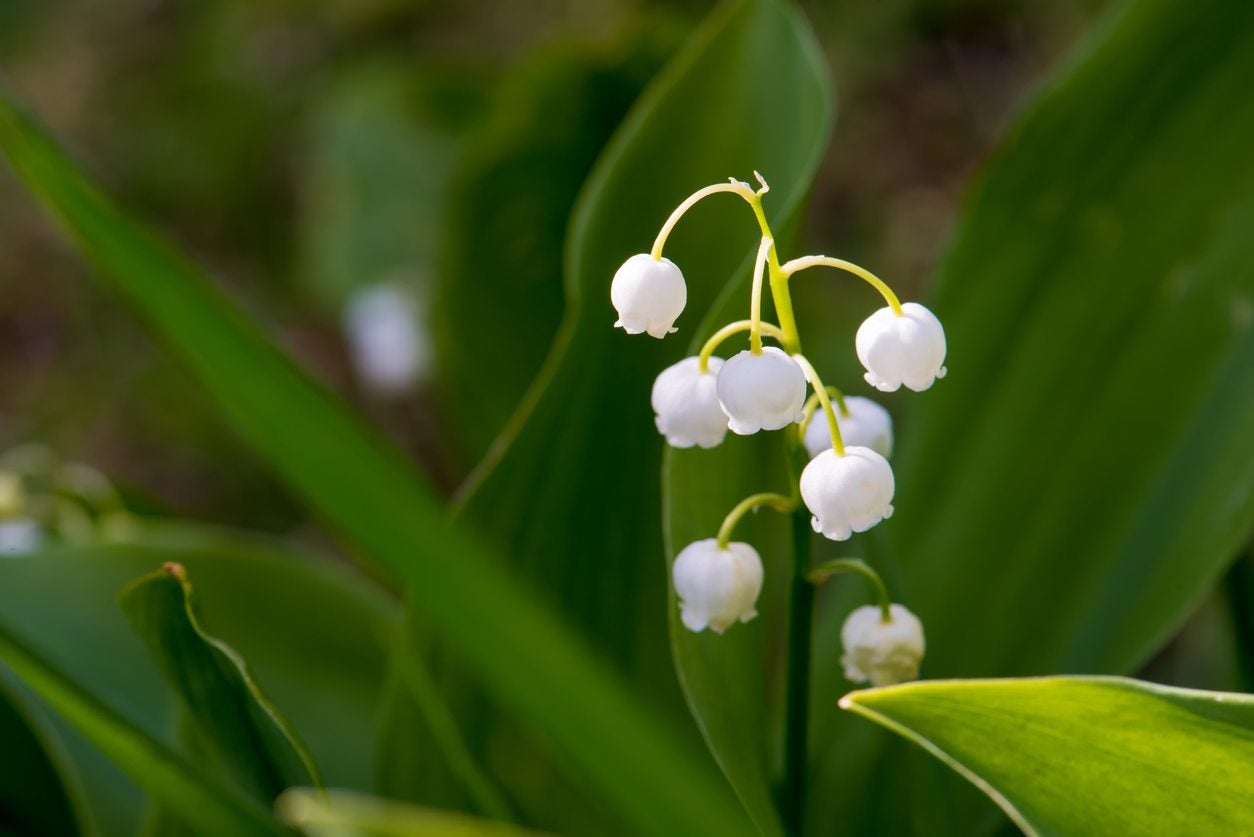 Is Lily Of The Valley Poisonous : Understanding Lily Of The Valley Toxicity
Is Lily Of The Valley Poisonous : Understanding Lily Of The Valley ToxicityIs lily of the valley safe for gardens? Lily of the valley toxicity makes it unsafe to have around children and pets. The plant is so dangerous that ingestion could result in a trip to the emergency room, or in rare cases death. Learn more in this article.
By Bonnie L. Grant
-
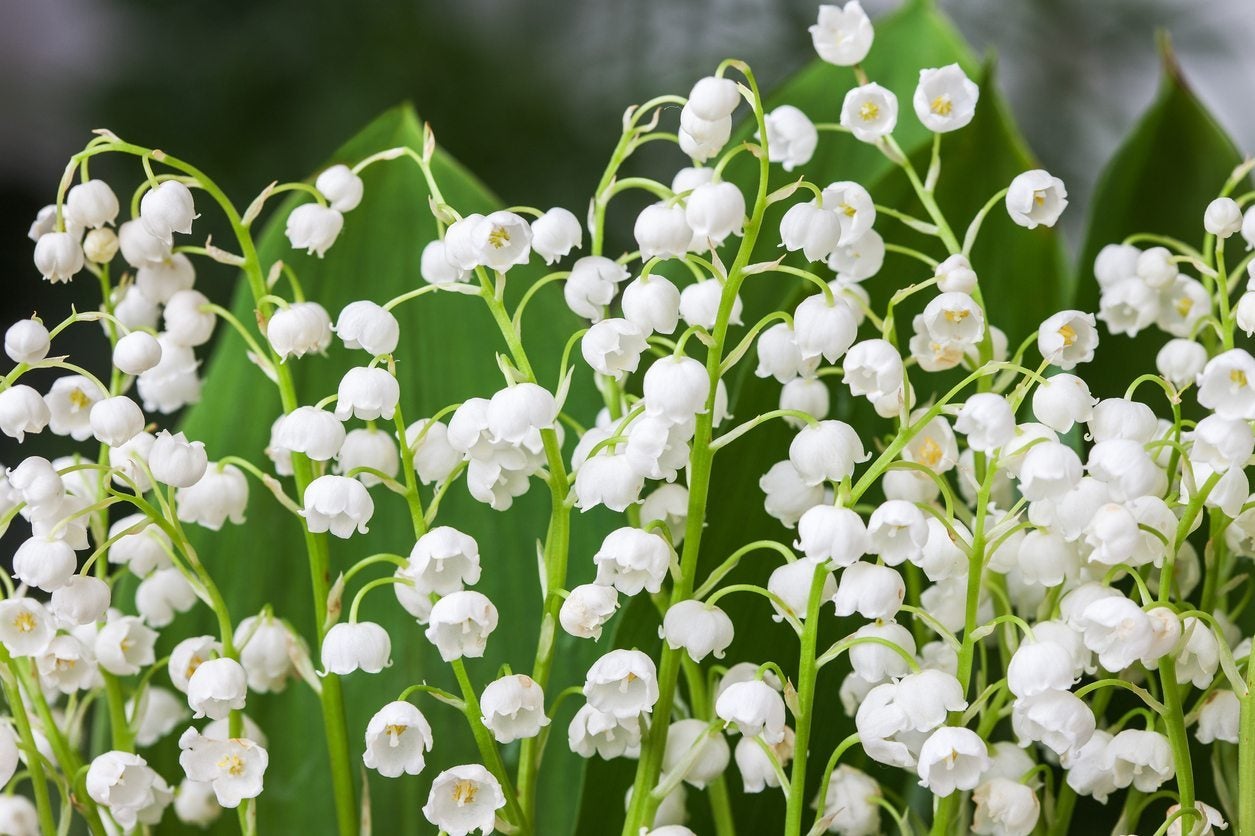 Lily Of The Valley Varieties – Growing Different Types Of Lily Of The Valley Plants
Lily Of The Valley Varieties – Growing Different Types Of Lily Of The Valley PlantsLily of the valley plants produce a delicate, fragrant flower that is unmistakable and a great addition to the garden. But what kind of selection is out there? Learn more about the different lily of the valley plant types in this article.
By Liz Baessler